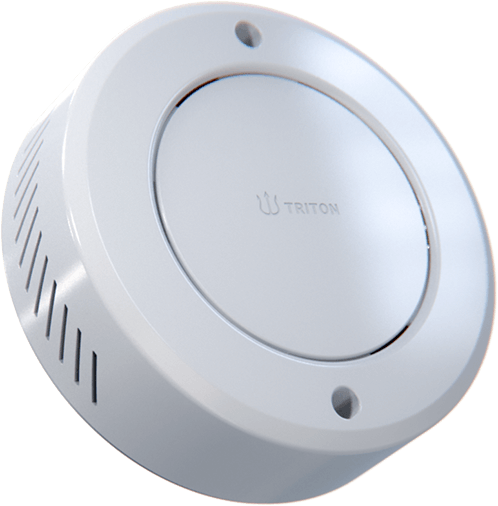In the quiet areas of locker rooms, something hazardous is happening often without a sound. Teen vaping is no longer the realm of disciplinary issues; it’s turned into a health issue that’s hard to identify, harder to stop, and nearly impossible to control using traditional methods. That’s where a new generation of Triton vape detectors is stepping in not to punish, but to protect.
The Unseen Problem is Growing in Plain Sight
Over the years, teachers have observed vaping sneaking into schools. Vaping is simple to do with sleek devices, disguised as USB drives or pens. And it’s worse, there’s more than just nicotine. THC vaping and other drugs are now a part of the equation, turning a simple bathroom break into an enticing health risk.
Certain schools have even taken down bathrooms, put in hallway monitors and have increased the amount of surveillance. These methods can only get you so far. The problem isn’t only finding someone who is in the act it’s knowing when and in what location the crime is taking place. Smoke detectors for vapes are made to do this.

Image credit: tritonsensors.com
What is the Smart Vape? Detectors perform?
Contrary to smoke alarms of the past, modern vape detectors for schools are built with special sensors that can differentiate between vape aerosols, cigarette smoke, and even marijuana vapors. The detectors run at a low level by continuously monitoring the air for substances like nicotine and THC. If vaping is detected, alerts are sent to school personnel via email, text, or an app, allowing an immediate and discreet reaction.
The modern systems go higher. Modern models can also track air quality trends, identify loitering, and measure the rate of occupancy. Some models include gunshot detection or aggression detection which transforms them into full-spectrum security tools.
Privacy, Not Policing
The ability of Triton to offer students with security without going into surveillance is one of its main features. These detectors do not record video or audio. They do not conceal microphones or cameras. They instead rely on air composition and movement analytics to ensure that the students have privacy protected. This ensures that they’re not just effective but ethically sound, an crucial aspect for teachers, administrators and parents too.
The reason why schools are seeing improvement
The thing that makes this system important isn’t the mere detection, but the process of transformation. These systems are typically installed in schools and they observe a decrease in vaping within the first few months. Once students are aware that vaping is detected in real time even in remote areas, they are forced to rethink the potential risk.
But the benefits are not only limited to. Trend reports and heatmaps provide schools a clearer picture of the time and place where vaping occurs most frequently. This enables smarter resources and more relevant interventions. Instead of reacting after a problem is already ablaze, educators have the ability to act in the nick of time.
A Long-Term Investment in Student Wellbeing
The Triton vape detectors that are in schools aren’t designed to catch students. They’re designed to safeguard them. It’s about creating a healthier environment where the air is healthy and the consequences of behavior are addressed quickly and the children are safe. These detectors are more than devices. They mark a shift in how we think about school safety. It is based on awareness over punishment and puts prevention ahead of reaction.
In a world in which the threats students face are often hidden, it’s time for schools to made use of tools designed to create the invisible visible and every hallway and bathroom a space where health, dignity and safety are the top priorities.